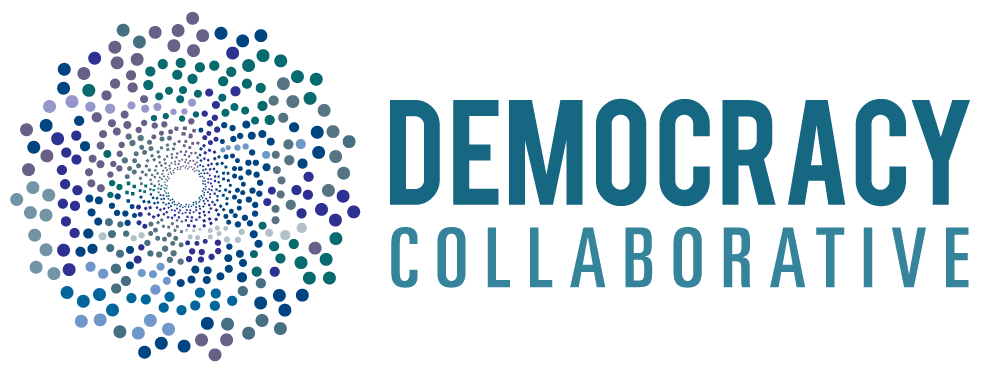Low-profit limited liability companies
A low-profit limited liability company (L3C) is an enterprise with a profit goal that is subordinate to its charitable mission.
An L3C is often described as a hybrid straddling the line between a nonprofit and for-profit venture: like a nonprofit, its primary purpose is charitable or educational, but like an LLC, it can make a profit. The model was created in 2005 by attorney Robert Lang to encourage foundations to make program-related investments (PRIs), or investments into charitable activities that involve potential financial returns. First adopted by Vermont as a legal structure in 2008, L3C legislation is now enacted in eight states, Puerto Rico, and three Indigenous federal jurisdictions. (A ninth state, North Carolina, legalized L3Cs but repealed the law soon afterward. However, L3Cs created while the law was in effect can still operate.) An L3C registered in the eight states that allow it can operate anywhere in the country. Intersector Partners, a nonprofit consulting firm formed as an L3C, counted 1,758 fellow L3Cs operating across the country at the end of 2019.
Potential Impact
L3Cs offer a real way to encourage the development and growth of critical mission-focused enterprises that cannot claim nonprofit status but will not generate enough revenue to attract typical for-profit investors. Examples include developers of affordable housing or below-market-rate spaces for local entrepreneurs, medical laboratories focused on developing cures for rare conditions, social service providers, artistic enterprises, and local news operations. Creating ways to foster such enterprises is more critical than ever as our nation faces a range of socioeconomic challenges, including a shortage of adequate, affordable housing units and an aging population requiring new types of care and facilities Similarly, as nonprofit institutions ranging from hospitals to orchestras experience increased difficulty raising adequate funds to ensure their long-term survival, converting such enterprises to L3Cs offers a way to attract new investment dollars to important community-focused endeavors.
Transformative Characteristics
L3Cs often serve the same functions as other businesses, but because L3Cs are required by law to prioritize their mission over their profits, they are by their very nature designed to achieve social impact. This orientation makes them more likely to engage in eco-friendly, employee-focused business practices and to support charitable and community-based initiatives than enterprises focused on maximizing financial returns. The way L3Cs incorporate all the federal tax requirements applicable to program-related investments makes it easier for foundations to invest in socially focused ventures. Thus, as foundations’ increase their interest in making PRIs to boost their overall impact, L3Cs offer foundations structures in which can securely invest without seeking approval from the IRS (a process which could take up to 18 months and cost $50,000 or more in legal fees).
Examples
BAMBOO DETROIT
BAMBOODETROIT.COM
Bamboo Detroit is a women-owned shared office space designed to help entrepreneurs launch, land, or expand their businesses in downtown Detroit. Opened in 2013, Bamboo now supports 250 members, roughly half of which are minority-owned businesses, with total annual revenues of $74 million. Committed to helping Detroit businesses grow, Bamboo offers members a range of free programs and helps connect them to needed resources such as capital and business development assistance. Demonstrating its impact, members report hiring an average of four people a year, and the vast majority of Bamboo businesses partner with or source goods from other local companies.
THE PARADIGM PROJECT
THEPARADIGMPROJECT.ORG
Launched in 2008, The Paradigm Project sells efficient stoves, solar lights, water filters, and related products to low-income people in developing countries. To ensure affordability, the L3C sells the carbon credits generated through its products’ use and taps those funds to offer its customers low-cost financing with monthly payments that correspond to the savings they realize from using its products. Paradigm Project’s work is credited with preventing the release of 1.7 million tons of carbon emissions, reducing toxic emissions from cooking by up to 70 percent, saving 8 million trees from deforestation, and reducing household expenditures on fuel and clean water by 40 to 60 percent.
Challenges
As a legal structure available in only eight states, L3Cs are a model that cannot achieve scale without significant advocacy and legislative action. Even investors in states with statutes may be wary of the model: philanthropists may be reluctant to support a profit-making enterprise, while conventional financiers may be unwilling to direct their limited dollars towards an entity that prioritizes a social mission. Investors’ discomfort with the model is likely exacerbated because L3Cs lack a standard structure for reporting, oversight, and transparency, in contrast to nonprofits, which submit publicly accessible Form 990s on an annual basis.
More Resources

